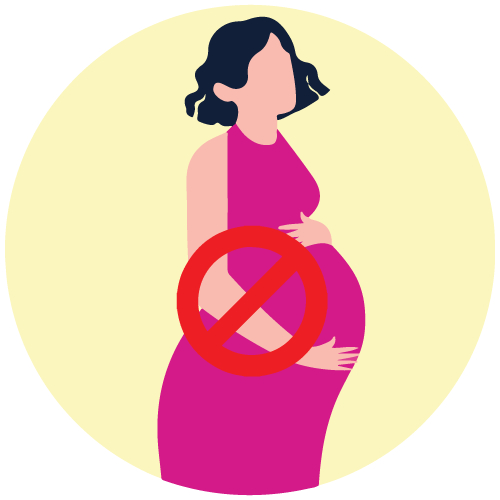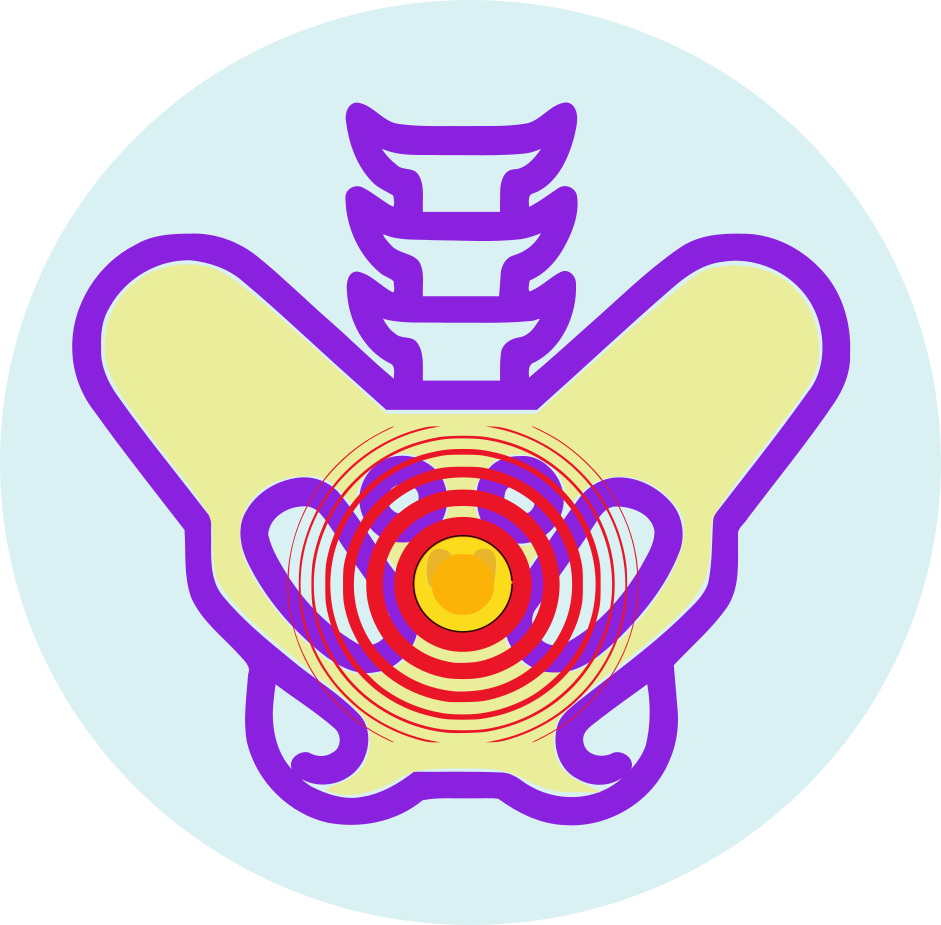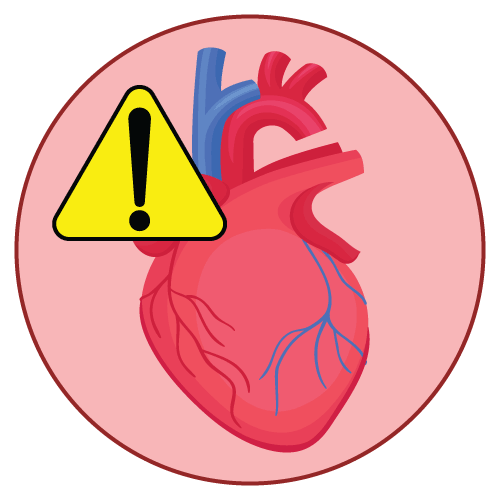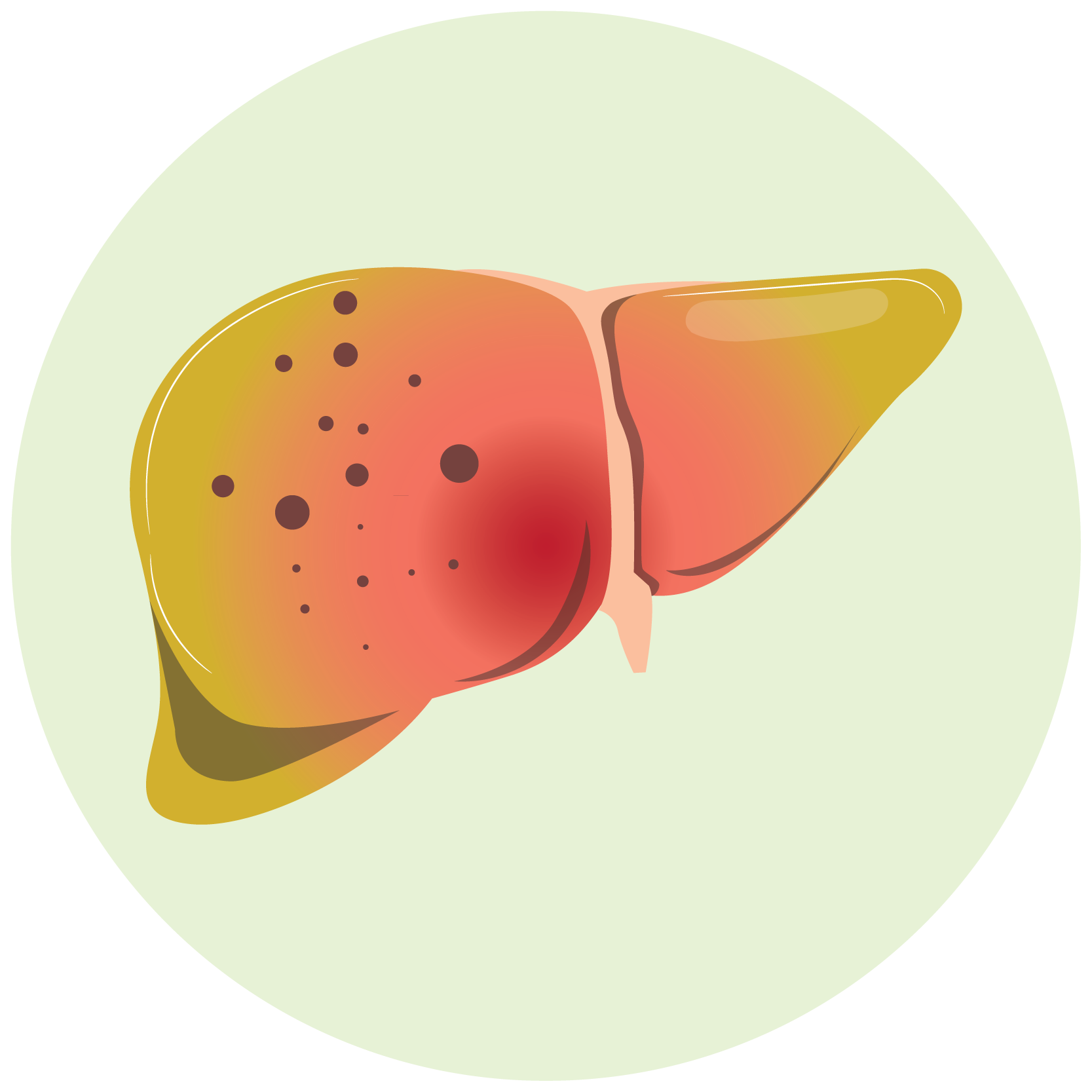| Name | Dinoprostone |
| Classes |
Uterotonic Agent |
| Diseases |
Genito-Urinary Disease Labor |
Dinoprostone
Dinoprostone (PGE2) is a naturally-occurring biomolecule. It is found in low concentrations in most body tissues and acts as a local hormone. PGE2 is continuously secreted by the fetal membranes and placenta during pregnancy and plays an important role in the final events leading to the onset of labor. PGE2 is important in the complex set of biochemical and structural changes that occur during cervical ripening. Cervical ripening requires a significant relaxation of the uterine cervix's smooth muscle fibers, which must be transformed from a rigid structure to a softened, yielding, and dilated structure to allow the fetus to pass through the vaginal canal.
- Dinoprostone Vaginal Suppository is indicated for the termination of pregnancy from the 12th through the 20th gestational week as calculated from the first day of the last normal menstrual period.
- Dinoprostone is also indicated for evacuation of the uterine contents in the management of missed abortion or intrauterine fetal death up to 28 weeks of gestational age as calculated from the first day of the last normal menstrual period.
- Dinoprostone is indicated in the management of nonmetastatic gestational trophoblastic disease (benign hydatidiform mole).
A 20 mg dinoprostone suppository should be inserted high into the vagina. Following insertion, the patient should remain supine for ten minutes. Each subsequent suppository should be administered intravaginally at 3- to 5-hour intervals until abortion occurs. Administration time should be determined by abortifacient progress, uterine contractility response, and patient tolerance within the above-mentioned intervals. It is not recommended to take the drug continuously for more than two days.
The following side effects were reported with the use of Dinoprostone-
- Uterine hyperstimulation with fetal distress
- Uterine hyperstimulation without fetal distress
- Fetal Distress without uterine hyperstimulation
Drug related fever, nausea, vomiting, diarrhea, and abdominal pain were noted in less than 1% of patients who received Cervidil.
- Dinoprostone should only be given by trained obstetricians in a hospital setting with adequate obstetrical care facilities.
- Because prostaglandins enhance the effect of oxytocin, Dinoprostone must be discontinued before oxytocin administration begins, and the patient's uterine activity must be closely monitored for uterine hyperstimulation. If uterine hyperstimulation occurs or labor begins, the vaginal insert should be removed. Dinoprostone should also be removed before performing an amniotomy.
- Dinoprostone is contraindicated when prolonged uterine contractions may jeopardize fetal safety and uterine integrity. Dinoprostone should not be given to patients who have had a previous cesarean section or uterine surgery because of the risk of uterine rupture and associated obstetrical complications.
- Dinoprostone should be used with caution in women with ruptured membranes, cases of non-vertex or non-singleton presentation, and patients with a history of previous uterine hypertony, glaucoma, or a history of childhood asthma, even if there have been no asthma attacks in adulthood.
- When the dinoprostone vaginal insert is in place, uterine activity, fetal status, and the progression of cervical dilatation and effacement should be closely monitored. Any signs of uterine hyperstimulation, sustained uterine contractions, fetal distress, or other fetal or maternal adverse reactions should prompt the removal of the insert.
Contraindication
Dinoprostone is contraindicated in-
- Patients with known hypersensitivity to prostaglandins.
None known.
Dinoprostone is contraindicated in-
- Acute pelvic inflammatory disease
- Patients with active cardiac, pulmonary, renal, or hepatic disease
 Bangla
Bangla English
English





